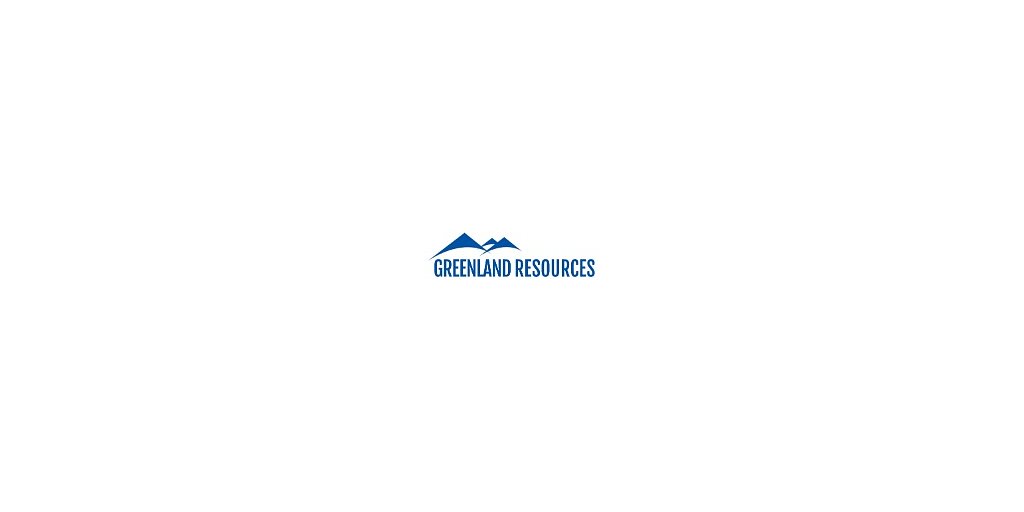
Greenland Project Secures EU Funding, Aiming to Diversify Critical Mineral Supply
Greenland Resources receives €375K from EIT RawMaterials to advance magnesium extraction at its Malmbjerg molybdenum project, aligning with the EU's push for resource independence and supply chain resilience.
Greenland Project Secures EU Funding, Aiming to Diversify Critical Mineral Supply
NEW YORK, NY – November 21, 2025
Securing Europe’s Raw Material Future
Greenland Resources Inc. has received a significant boost in funding, securing €375,000 (approximately C$611,250) from EIT RawMaterials, a public-private partnership co-funded by the European Union. This investment, coupled with a recently completed $185,001 private placement, is earmarked for testing innovative technologies for magnesium extraction at the company’s Malmbjerg molybdenum project in Greenland. The move signals a strategic alignment with the EU’s growing concerns over supply chain vulnerabilities and its ambitious plans to bolster domestic sourcing of critical raw materials.
“The EU is acutely aware of the risks associated with relying on single sources for essential minerals,” notes one industry analyst. “This funding demonstrates a clear commitment to diversifying supply chains and fostering a more resilient resource base within Europe.” The Malmbjerg project holds the potential to supply a substantial portion of the EU’s molybdenum needs—estimated at 25%—and, crucially, offer a domestic source of magnesium, a mineral currently dominated by Chinese production.
Innovative Extraction Technologies at Malmbjerg
The funding will focus on developing and testing technologies to extract magnesium from saline water associated with the Malmbjerg mine. This innovative approach aims to transform a potential byproduct into a valuable resource, enhancing the project’s economic viability and reducing environmental impact. The project's Definitive Feasibility Study, completed by Tetra Tech, outlines a 20-year open-pit mining operation with substantial molybdenum reserves and the potential for significant magnesium byproduct recovery.
“The focus on magnesium extraction is particularly noteworthy,” explains a mining engineer familiar with the project. “Current magnesium production is heavily concentrated in China, creating a significant geopolitical risk. Developing alternative sources, especially within Europe, is a top priority.” The company is prioritizing an environmentally responsible approach, focusing on reduced water usage, minimal aquatic disturbance, and a low-carbon footprint. The proposed use of an aerial rope conveyor that generates its own power through regenerative braking and recycled saltwater as process water exemplifies this commitment.
Market Dynamics and EU Critical Raw Materials Policy
The EU’s drive for resource independence is underpinned by the European Critical Raw Materials Act (CRMA), which came into force earlier this year. The CRMA sets ambitious targets for domestic capacity across the entire raw materials value chain, aiming for at least 10% extraction, 40% processing, and 25% recycling of critical raw materials by 2030. This policy shift is creating a favorable environment for projects like Malmbjerg, which aligns with the EU’s strategic priorities.
Magnesium currently trades around 16,000-16,100 yuan/mt in China, while molybdenum prices are at 465.50 CNY/Kg. The EU is highly dependent on Chinese magnesium, importing approximately 95% of its needs. This reliance creates significant vulnerabilities, as evidenced by past supply disruptions caused by production cuts in China. “The geopolitical landscape is forcing Europe to rethink its raw materials strategy,” states a policy analyst specializing in resource security. “Diversification is no longer a luxury; it’s a necessity.”
An insider participated in the recently completed private placement, contributing $185,001 to the company’s funding. The company states this participation meets the requirements for exemptions under Multilateral Instrument 61-101 – Protection of Minority Security Holders in Special Transactions, though the specific details of the exemption and the identity of the insider were not disclosed in the press release. The project's long-term viability is enhanced by a 30-year exploitation license secured for both molybdenum and magnesium.
The European Raw Materials Alliance (ERMA) is playing a key role in supporting projects like Malmbjerg, fostering collaboration and facilitating access to funding and expertise. ERMA's mandate is to build a resilient and sustainable raw materials value chain within Europe, reducing dependence on single suppliers and promoting responsible sourcing practices. The Malmbjerg project, with its potential to supply a substantial portion of the EU’s molybdenum and magnesium needs, is poised to become a critical component of this strategy.
📝 This article is still being updated
Are you a relevant expert who could contribute your opinion or insights to this article? We'd love to hear from you. We will give you full credit for your contribution.
Contribute Your Expertise →